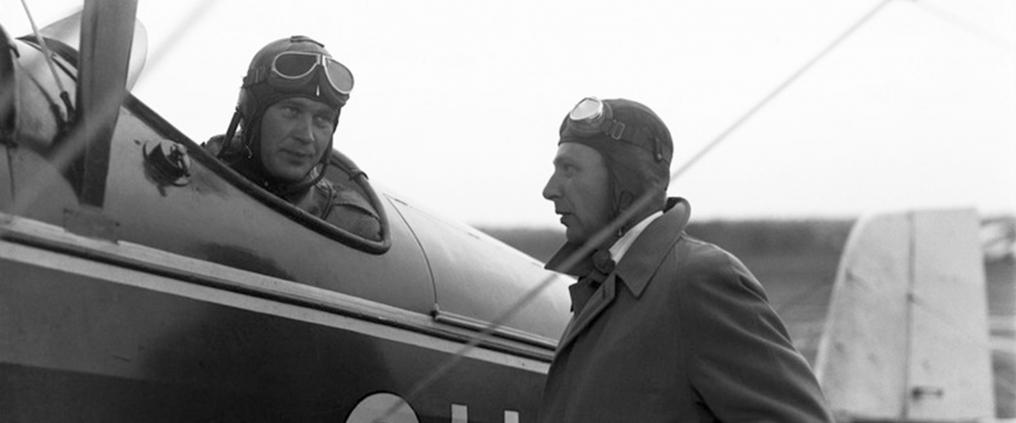To celebrate Finland’s centenary, Finavia is publishing a ten-part series on the history of Finnish aviation from the last ten decades. This third installment focuses on the 1930s.
During the 1930s, aviation as a form of travel grew more and more common around the world: if in 1930 only 6000 people were traveling by plane, by 1938 the number had increased to 1.2 million.
Finland too saw its civil aviation develop. Building of the first airport (on land) was completed in 1935 in Turku, Artukainen. A year after that, Malmi Airport in Helsinki was opened. At the end of the decade, domestic routes covered most large cities in Finland.
Captain Bremer made headlines with record flights
One of the most well-known names of Finnish civil aviation in the 1930s was undoubtedly Captain Väinö Bremer who made international headlines with his flight adventures. Bremer flew several record long flights with his Junkers A 50 Junior sports plane in the early 30s: first, around Europe in 1931, then, a total of 30,000 kilometers from Helsinki to Capetown and back in 1932, and finally around the world in 1933 – though he crossed the oceans by boat.
Bremer’s aircraft Junkers A50 Junior, or ”Junnu” for short, is currently on display at Helsinki Airport. You can read more about Captain Bremer and Junnu’s travels here.
Finnish air forces in the Winter War
As in civil aviation, Finnish military airforces also moved from seaplanes to land-based airplane models in the 1930s. In the latter part of the decade, the threat of war with neighboring Soviet Union became apparent, and the air forces started to acquire new aircraft prepared for warfare. The acquisitions included Dutch Fokker D.XXI fighter aircraft, Fokker C.X bombers as well as British Bristol Blenheim bombers.
The new aircrafts did not, however, change the fact that the Finnish airforces were greatly outnumbered by the Red Army’s fleets in the Winter War, which began in November 1939, and the situation did not greatly improve during the war. The Soviets sent an estimated 700 fighter planes and 800 bombers to the Finnish front, while the Finnish air forces started with 31 fighter aircraft and 17 bombers, and even at the end of the war had a total of less than 300 planes, including reconnaissance planes.
The Dutch Fokker planes proved to be one of the air forces’ best – and according to some accounts nearly the only battle-ready – weapon. They have been reported to shoot down a total of 250 Soviet planes (in the Winter War and the following Continuation War), while only five of them were destroyed by enemy forces.
Fighter planes were mostly used to defend the front and civilian targets like cities and railways, from bombings. Finland’s only fighter aircraft regiments gained a total of 169 aerial wins in the Winter War. Altogether, Finnish fighters shot down a confirmed 200 Soviet aircraft, losing 62 of their own. It has been said, in fact, that the lesson from the Winter War was that the air forces should focus on the performance, battle skills, and tactic of fighter fleets, as these were more decisive factors in successful air battle than the sheer number of enemy planes.
Though Finland lost the war in 1940, the air forces played an important part in securing Finnish independence against an overpowering enemy.
The next installment will share the story of Finnish aviation in the 1940s.
Read the previous parts about Finnish aviation in 1910s and 1920s.



